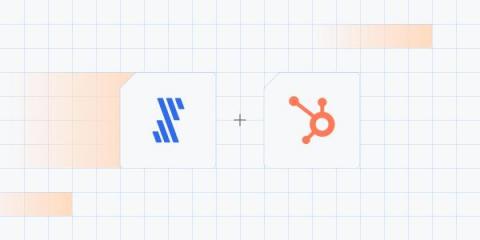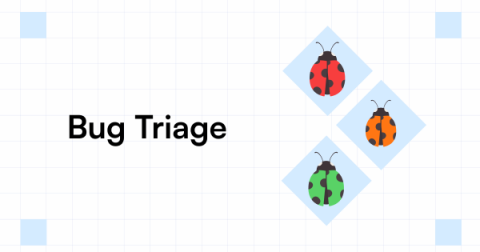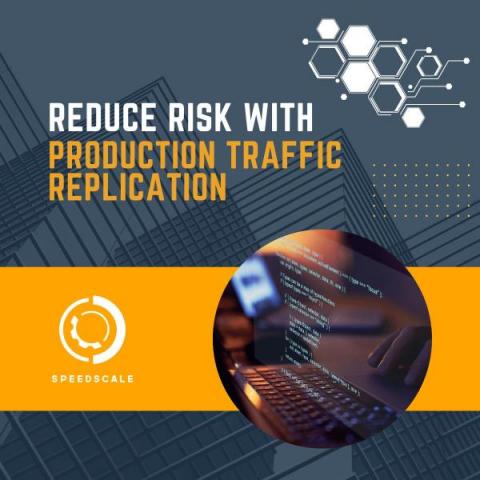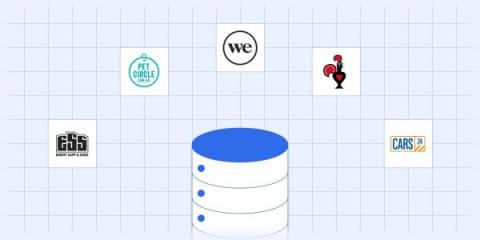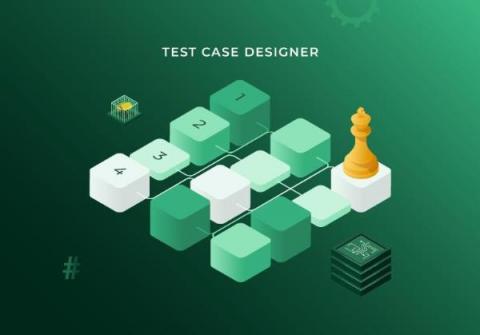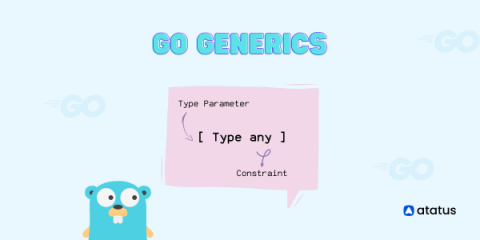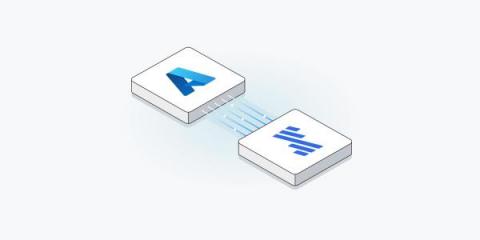Systems | Development | Analytics | API | Testing
Latest Posts
The Top 15 Matillion Alternatives
How HubSpot's analytics engineering team gained pipeline autonomy
Learn how Oviya Arasu and her team at HubSpot use Fivetran data models and Transformations for dbt Core™ to automate their pipelines and decrease engineering bottlenecks.
Bug Triage / Defect Triage in Software Testing
Bug triage is a critical step in software testing that entails reviewing, prioritizing, and allocating software defects to the appropriate team for resolution. The defect triage phase is an important aspect of the software development lifecycle. It allows teams to analyze and classify detected bugs based on severity and prioritize them accordingly. In this blog, we will go through the mechanics of defect triage and why it is so important for effective software testing.
Reduce Risk with Production Traffic Replication
5 Ways to Use Log Analytics and Telemetry Data for Fraud Prevention
Five real-world examples of database analytics
Our customers share why they chose Fivetran to replicate their database data and how their analytics have improved as a result.
Improving testing efficiency with Test Case Design techniques
Hardware and software systems often involve numerous parameters that influence a system’s output(s). Those parameters can represent input, environment, or usage patterns and can have a finite or infinite number of options/values. For instance, on a booking flights website, the Flying From, Flying to, Class, (number of) Adults, and (number of) Children input parameters can easily provide hundreds of different combinations for creating tests.
Beginner's Guide to Generics in Golang
Generics in Go refers to a language feature that allows creating functions, data structures, and interfaces that can work with different types. In other words, generics enable the creation of code that is not limited to a specific type or data structure. Before the introduction of generics in Go, developers had to write multiple functions to handle different types of data. This approach was often cumbersome and led to code duplication.
Unleashing the power of Fivetran and Azure Synapse for accelerated data movement
Say goodbye to constant “One-Offs” and hello to “Set It and Forget It”



